Throttle body cleaning is one of those maintenance tasks that some car owners never even think about—until their engine starts sputtering or the check engine light pops on. It’s part of your car’s air intake system and plays a key role in managing airflow to the engine.
When it gets gunked up, you can expect rough idling, poor throttle response, or even stalling. But here’s the thing—not all throttle bodies get dirty at the same rate.
Some vehicles seem to run for years without needing a single cleaning, while others act up every few months. Why? It boils down to engine design, PCV system layout, software tuning, and driving habits. In this list, we’re breaking it down: five cars with throttle bodies that stay clean for the long haul, and five that seem to collect carbon like it’s their full-time job.
This isn’t some mechanic’s myth or armchair theory—this is based on real-world ownership experiences, tech forums, and shop floor observations. Whether you’re buying a car or just wondering why your check engine light keeps nagging you, this might save you some time and frustration (and cash). Let’s start with the clean freaks.
ALSO READ: 5 Trucks That Can Handle Farm Life and 5 That Belong in a Showroom
5 Throttle Bodies That Rarely Need Cleaning
Toyota’s throttle bodies stay clean for ages, thanks to smart airflow. Honda’s design resists gunk buildup. Mazda’s precision engineering keeps things smooth. Subaru’s setups rarely choke up. Lexus, with top-tier parts, barely ever needs attention. These five brands nailed it — less cleaning, more driving, less headache!
1. Toyota Corolla (2009–2020)
The Corolla is like that kid in class who never gets dirty, even during recess. Is it the throttle body? It’s clean almost always. Thanks to Toyota’s bulletproof engine management systems and conservative PCV routing, the throttle body in a Corolla stays gunk-free for ages. Owners report going 100,000 miles without so much as a throttle body hiccup.
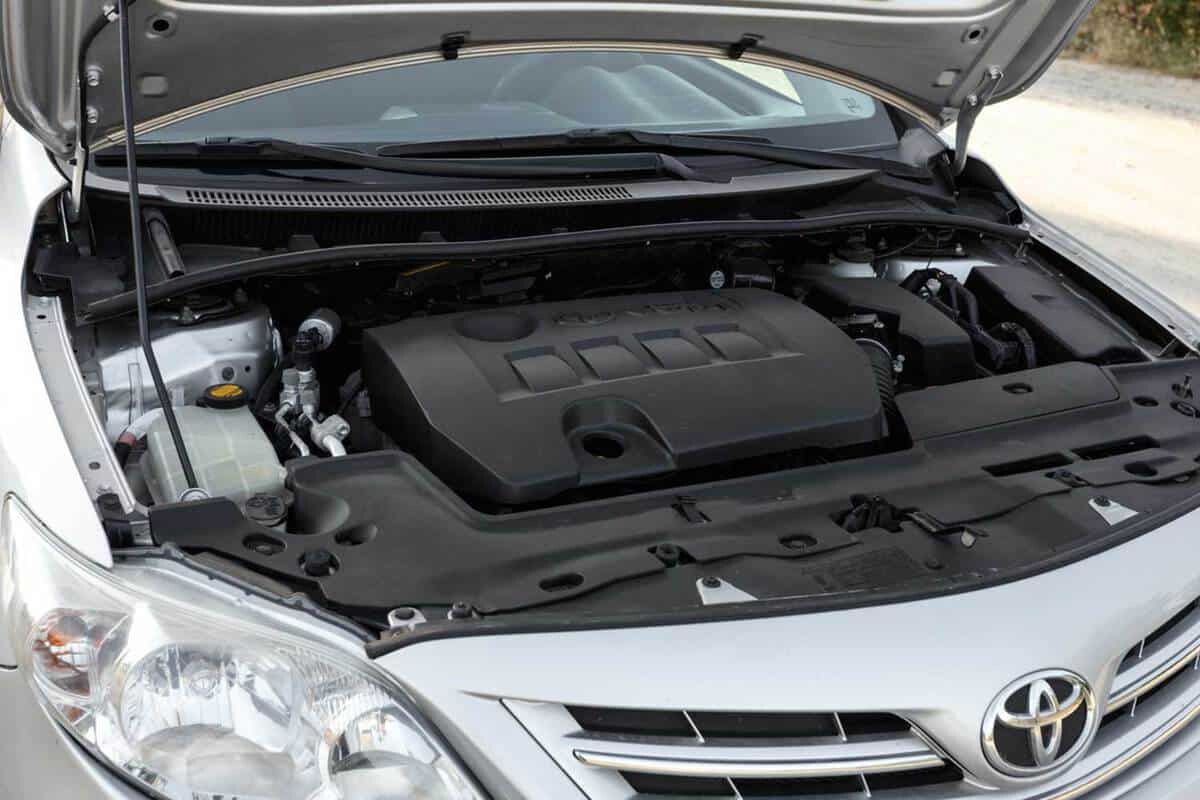
Part of this comes down to Toyota’s no-nonsense approach to emissions and airflow. They’ve got the fuel-air mix dialed in perfectly, and the PCV system does a great job of keeping oil vapors where they belong—out of the intake tract. Plus, the throttle is electronically controlled and well-sealed, reducing exposure to contaminants.
Unless you drive like you’re in a Fast & Furious reboot every day, you probably won’t need to clean the throttle body on a Corolla more than once in the car’s lifetime. Even the idle air control systems (on older models) stay surprisingly clean.
Bottom line? Corolla owners have better things to do than worry about throttle bodies—and that’s by design.
2. Honda Accord (2013–2022, 2.4L i-VTEC)
Honda’s 2.4L i-VTEC engine is the kind of low-maintenance beast that makes mechanics yawn. It’s reliable, smooth, and practically allergic to carbon buildup—especially in the throttle body area.

The Accord’s throttle system is well-tuned and isolated from major PCV blow-by issues. It’s not just luck; Honda engineered it to keep airflow smooth and consistent. Unless you’re in extreme conditions or constantly idling in stop-and-go traffic, cleaning the throttle body won’t even cross your mind.
Most Accord owners report going 80,000–120,000 miles before even thinking about a throttle body cleaning. Some go longer. The engine software compensates well for minor buildup, and the ECU doesn’t throw tantrums over a little dirt.
It’s like owning a self-cleaning oven—just without the heat or fire risk.
3. Mazda3 (2014–2021, SkyActiv Engines)
SkyActiv engines aren’t just good on gas—they’re freakishly good at staying clean, too. Mazda’s precision engineering makes sure the throttle body isn’t constantly inhaling grime.
It’s all about efficient combustion and tight sealing. The system runs lean and clean, and the electronic throttle body rarely collects enough soot to cause issues.
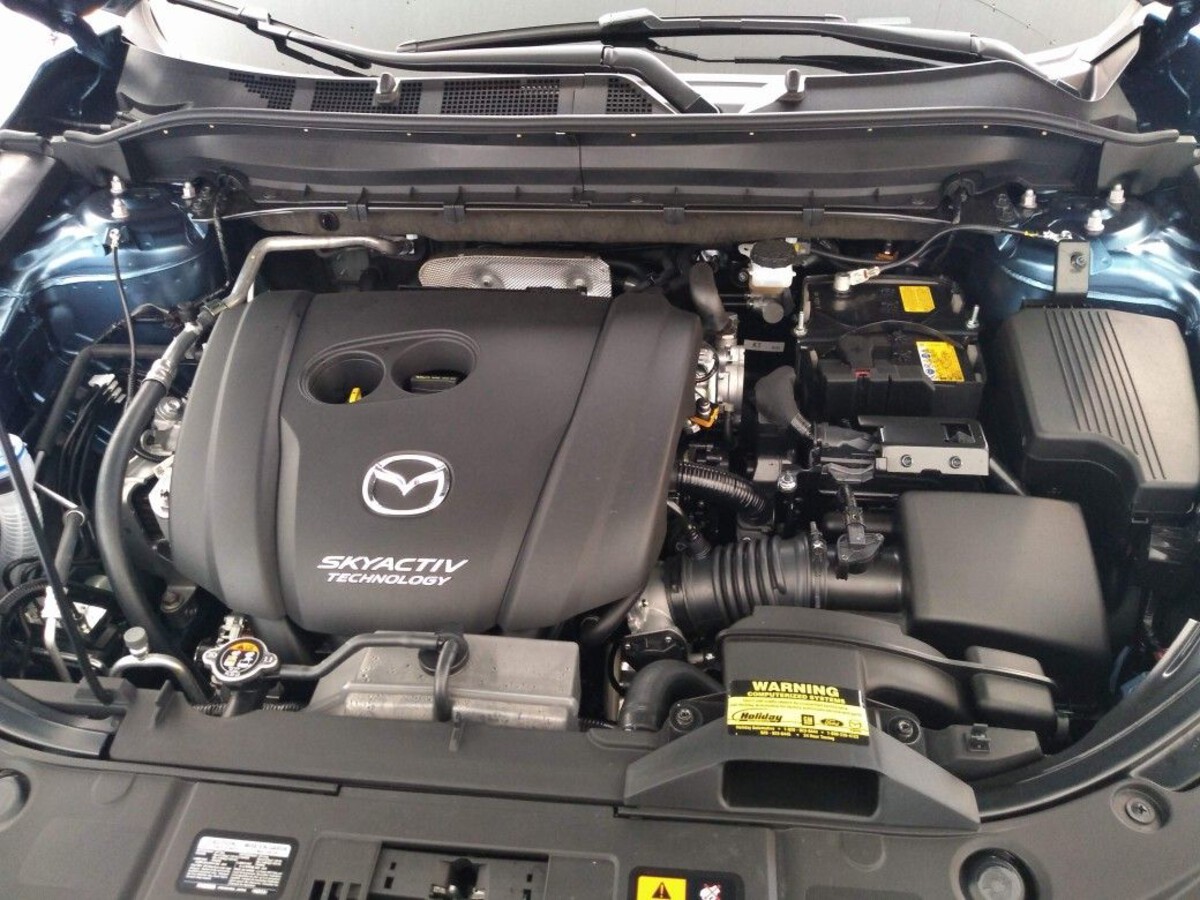
Owners praise how little maintenance these engines need, and throttle body cleaning is rarely on the list. Even at high mileage, you’re more likely to need new tires or brakes than a TB scrub. Mazda tuned these engines to work smart, not hard, and it shows.
4. Subaru Outback (2015–2021, 2.5L NA Engine)
This one might surprise folks, especially since Subaru’s older engines had a reputation for being kind of… messy. But the newer 2.5L naturally aspirated engine? It’s way better.

The throttle body stays relatively clean thanks to a reworked intake and PCV design that doesn’t dump oil vapor straight into the throttle plate like older models did. The system breathes better, and as long as you’re keeping up with oil changes, there’s not much carbon creeping in.
Subaru also tightened up its emissions control game, meaning fewer deposits and longer intervals between cleanings. Unless you’re doing tons of short trips or abusing it with bad fuel, you probably won’t touch the throttle body for years.
5. Lexus RX350 (2010–2020)
Luxury doesn’t just mean leather seats—it also means less time under the hood. The RX350, particularly models from 2010 onward, has one of the cleanest-running V6 engines out there. Its throttle body stays pretty spotless, and it’s not just because Lexus drivers are gentle (though many are).
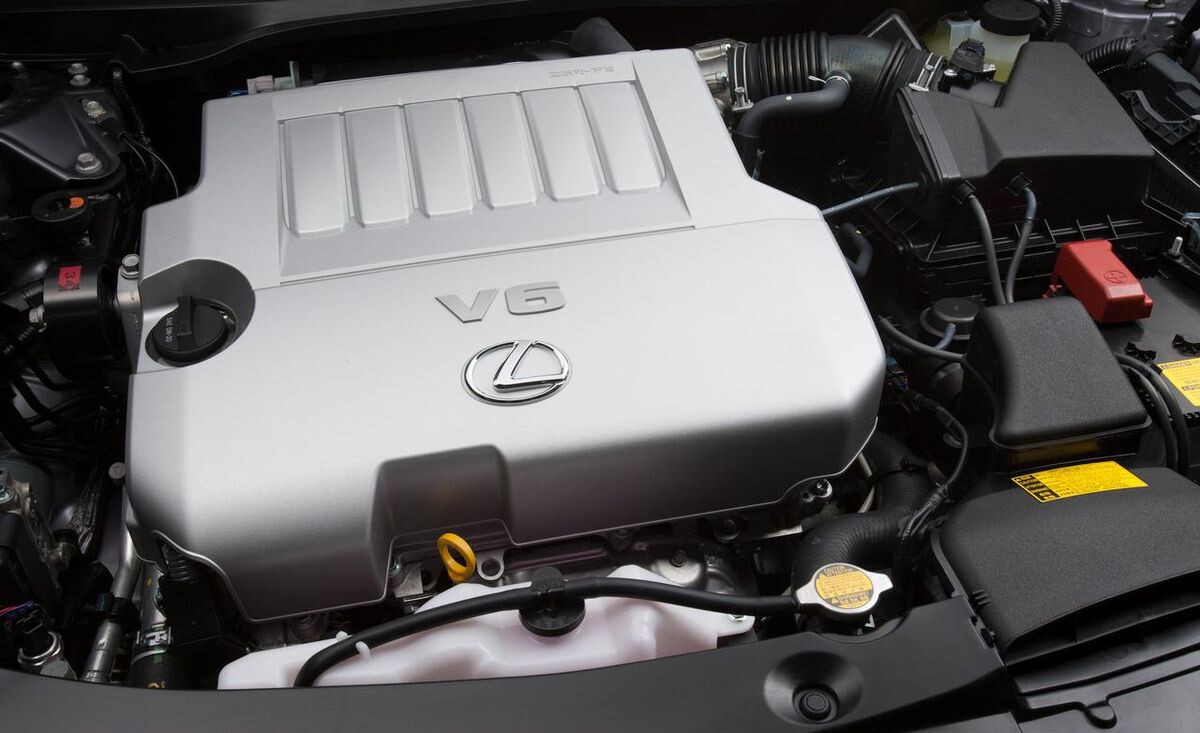
The throttle body is tucked into a well-designed intake that minimizes oil vapor intrusion. Combine that with quality fuel injectors and Toyota’s legendary engine management, and you’ve got a system that takes care of itself.
Mechanics rarely see gunked-up throttle plates on these. You’ll probably change spark plugs and cabin filters three times before the throttle body even thinks about needing a scrub.
ALSO READ: 5 Vehicles Where Tech Updates Are Free And 5 That Charge Subscription Fees
5 Throttle Bodies That Need Cleaning Constantly
Dodge throttle bodies love collecting grime fast. Ford’s older models? Always gunked up. Chevy’s small engines choke on carbon. VW throttle setups get sticky often. BMW’s electronic throttles? Super sensitive, always needing attention. If you own these, better keep that cleaner spray handy — you’ll need it!
1. Chevy Equinox (2010–2017, 2.4L Ecotec)
If throttle bodies had warning labels, the Equinox would be first in line. That 2.4L Ecotec engine? It’s a carbon magnet. The PCV system on this one dumps oil vapor and fuel residue right into the intake, and the throttle body pays the price.
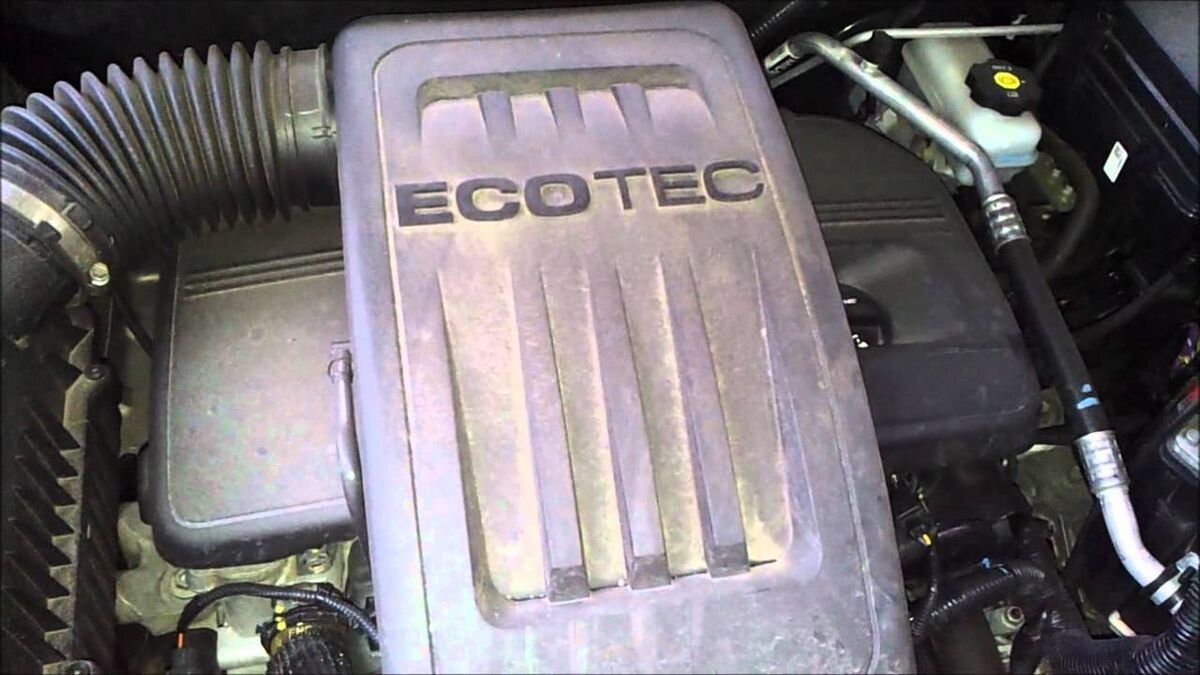
Idle issues, stalling, poor fuel economy—it all comes back to buildup. Some owners clean it every oil change. Yeah, every oil change.
The problem is made worse by stop-and-go driving and short trips, which prevent the engine from burning off residue. Even GM techs acknowledge it’s a common issue. It’s not dangerous, but it’s annoying and kind of embarrassing for a modern engine.
If you own one, you’d better keep a can of throttle body cleaner in your trunk. You’ll need it.
2. Ford Escape (2009–2013, 2.5L Duratec)
This Escape’s throttle body is a dirt collector. The engine design lets a lot of oil mist and EGR gases sneak into the intake manifold, and it all settles right at the throttle plate.
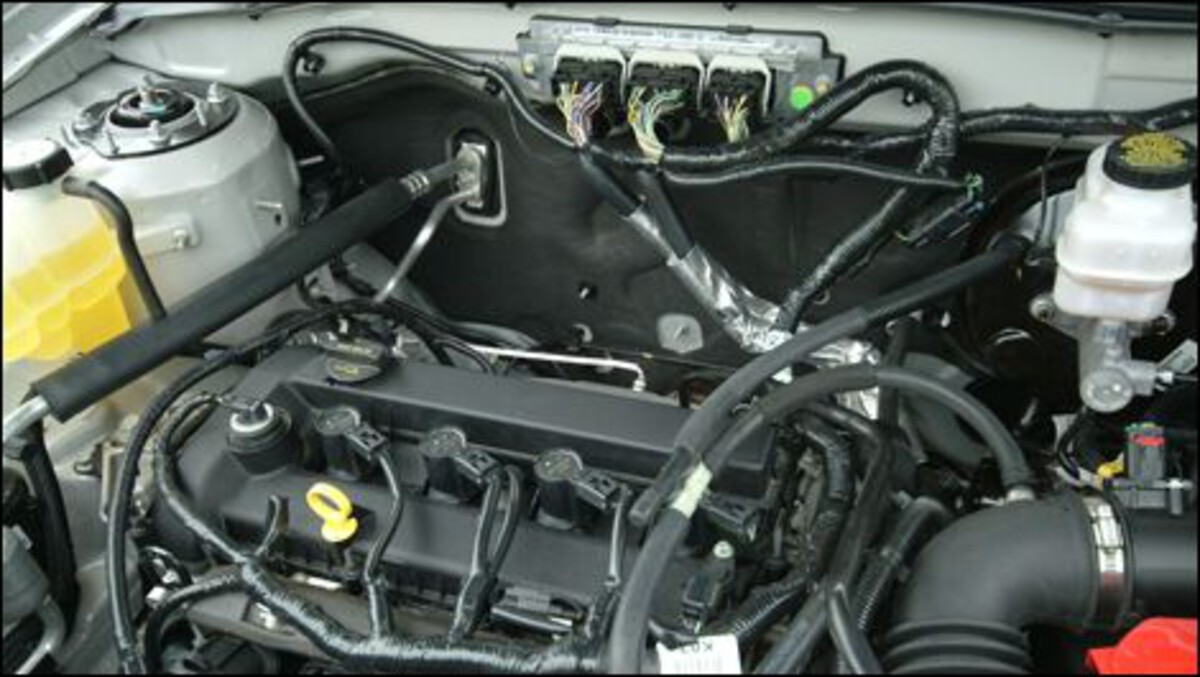
Drivers report frequent cleaning—sometimes as often as every 15,000 miles—just to keep the car from idling like a lawn mower. And forget letting it go too long; it’ll start misfiring and throwing codes before you hit 30k miles.
Ford issued technical service bulletins (TSBs) around idle and throttle body issues on these models. It’s just one of those “live with it or clean it” kind of deals.
3. Dodge Journey (2009–2020, 2.4L and 3.6L Engines)
The Dodge Journey isn’t exactly famous for reliability, and the throttle body situation doesn’t help its case. Both the 2.4L inline-four and the Pentastar V6 suffer from carbon buildup. It’s mostly a PCV and design issue—lots of oil vapor sneaks in, and the throttle body takes the hit.

Owners report regular idle issues and stalling. You’ll know it’s time to clean when the throttle starts feeling jerky or the RPMs bounce like a yo-yo.
It’s one of those cars where cleaning the throttle body is just a part of life. Add it to your to-do list every 20k miles if you want a smooth ride.
4. Volkswagen Jetta (2006–2014, 2.5L Engine)
Ah, the infamous 2.5L five-cylinder. This thing’s got character—and that includes its appetite for grime. VW’s throttle bodies in this era tend to collect junk fast. Between the PCV design, the EGR system, and aggressive tuning, carbon builds up like it’s going out of style.

Idle gets rough, response drops off, and sometimes you’ll get that dreaded EPC light. Mechanics see this so often that they do throttle body cleaning as a reflex during service.
It’s a fun engine, no doubt, but it’s definitely one that needs regular attention. Skip the cleanings and you’ll feel it.
5. Hyundai Sonata (2011–2014, 2.4L GDI)
GDI (Gasoline Direct Injection) engines are notorious for carbon issues, and the Sonata is a prime example. The 2.4L GDI engine in these models suffers from heavy carbon deposits, especially at the throttle body and intake valves.
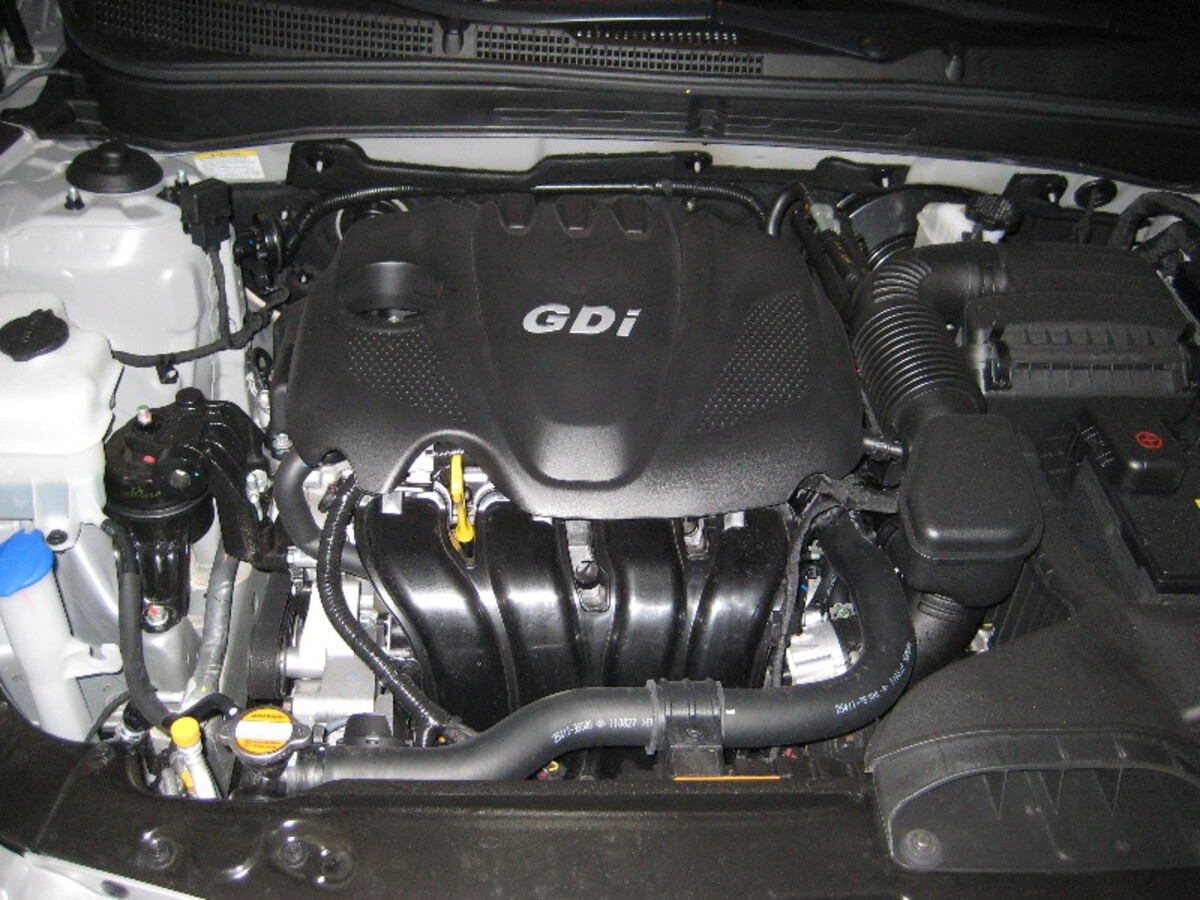
The reason? GDI engines don’t spray fuel over the intake valves like traditional engines do, so nothing washes off the oil vapor and soot that builds up. Combine that with Hyundai’s early GDI tuning quirks, and you’ve got a throttle body that needs TLC way too often.
Some drivers clean it every 15–20k miles just to keep idle smooth and throttle response decent. Throttle body maintenance isn’t exactly glamorous, but it makes a big difference in how your car feels day to day. And as you’ve seen, some vehicles practically self-clean, while others act like carbon collectors.
Cars like the Corolla, Accord, Mazda3, Outback, and RX350 make life easy. Their engines are well-designed, and throttle bodies barely get dirty. You can forget they exist for 100k miles.
Then there’s the high-maintenance bunch—the Equinox, Escape, Journey, Jetta, and Sonata—where throttle body cleaning is just part of the package. It’s not always a dealbreaker, but it’s something to consider if you hate extra maintenance or DIY scrubbing under the hood.
In the end, regular oil changes, good fuel, and decent driving habits can help extend cleaning intervals. But if your car’s on the “dirty” list? Don’t ignore the signs. A gunked-up throttle body won’t fix itself, and your engine won’t exactly thank you for ignoring it.
Got one of these cars? Maybe it’s time to check your throttle. Or not—if you’re lucky enough to own one of the clean freaks.

